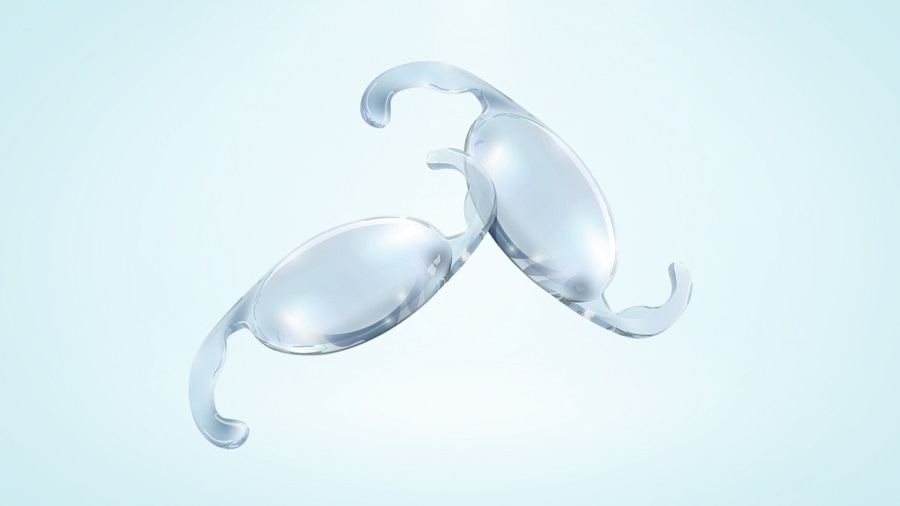There are many different treatment methods that are popularly preferred for patients with visual impairment. Laser eye surgery for refractive errors is one of the most popular treatment methods. However, laser eye surgery may not be performed in all cases. If the patient still wants to get rid of glasses and contact lenses, this time another popular treatment, phakic intraocular lens application, comes into play.
Phakic intraocular lens surgery, which is as popular as laser, is one of the treatments that generally provides safety and permanent results. But of course, we are talking about a surgical intervention and patients may face various complications. In this article, we will talk about the complications you may encounter.
Which Complications Occur After Phakic Intraocular Lens?
As we mentioned at the beginning, the Phakic procedure is a safe and effective procedure. The incidence of the complications we will talk about is either very low or these complications are temporary. After making this warning, let’s move on to the complications that may occur.
Possible Complications
Glaucoma: Although rare, in some cases phakic implantation can lead to an increased risk of glaucoma, an increase in intraocular pressure that can damage the optic nerve. For this reason, post-operative controls are very important. Regular monitoring of intraocular pressure allows for early intervention in case such a situation develops.
Cataract Formation: In fact, this should not be seen as a direct complication. Phakic does not prevent cataract formation. The person’s own lens may become cloudy over time and cataract formation may occur. In this case, the phakic lens should be removed first and then cataract surgery should be performed.
Halos or Glare: After phakic, some patients may experience eye discomfort such as halos and glare, especially in low light. Although uncomfortable, they usually resolve spontaneously.
More Endothelial Cell Damage than Expected: The phakic implantation process and the presence of phakic can cause more loss of endothelial cells than expected. Here, it is important to check the values of the person and to have regular postoperative controls.
Infection or Edema: Although very rare, infection or edema may develop in the eye during the postoperative period. Here, it is important to go to the controls within the routine recommended by the doctor and to use the specified medications regularly.

As we said from the beginning, phakic intraocular lens complications are in most cases unexpected. Phakic, like many other current treatments, is safe and effective. However, remember that you should always consult your doctor if you experience any of the above effects.




